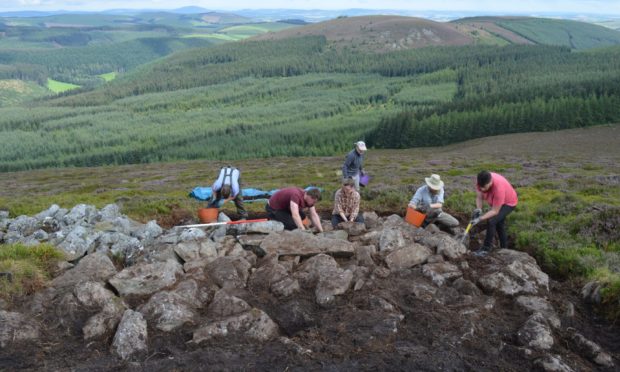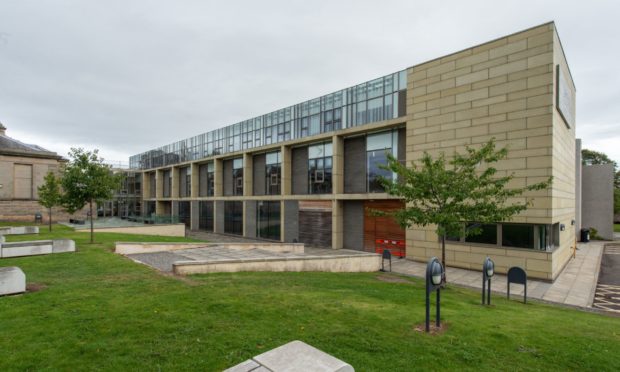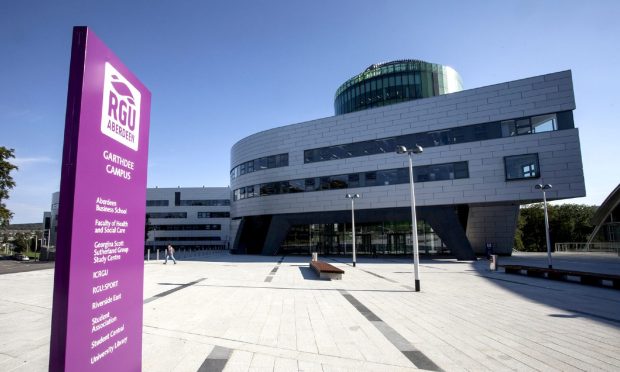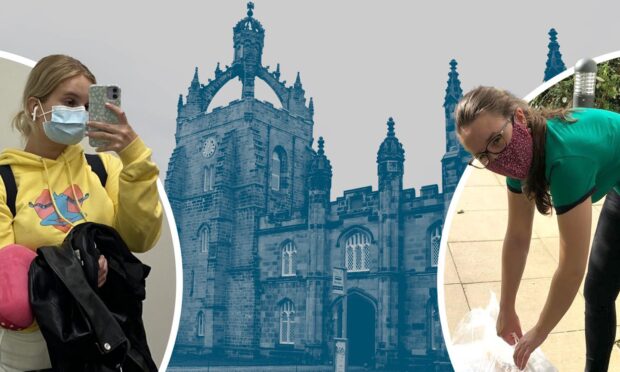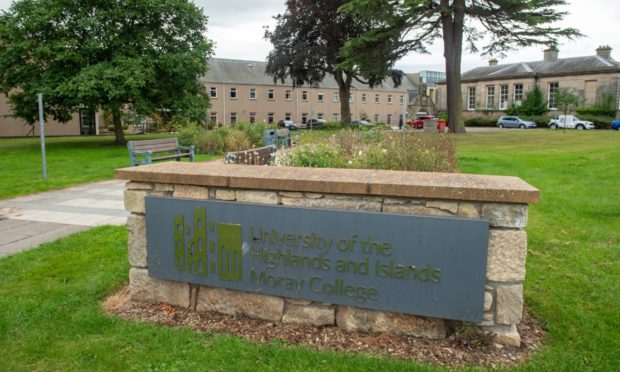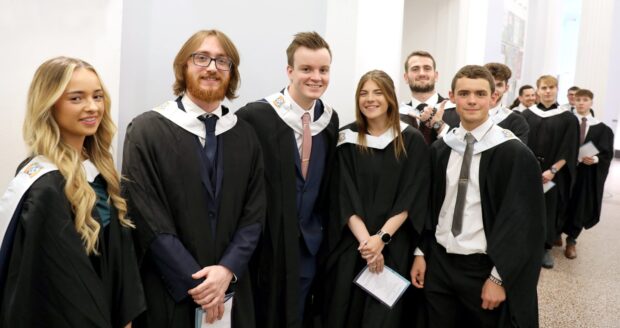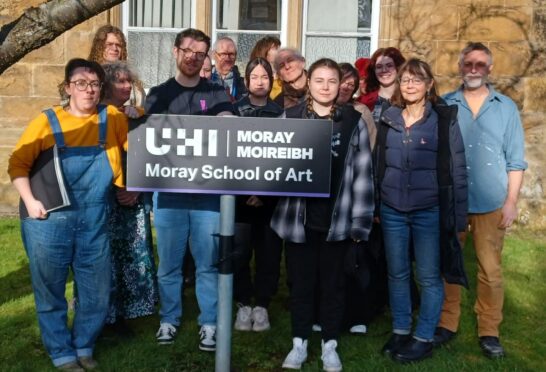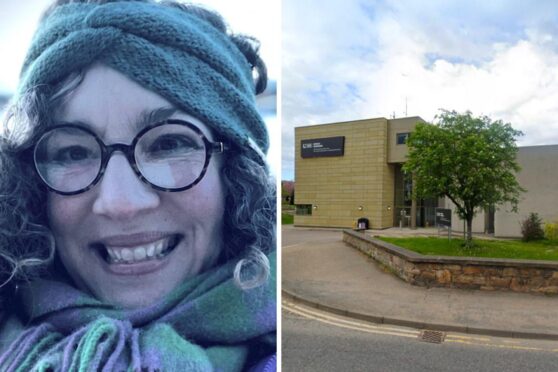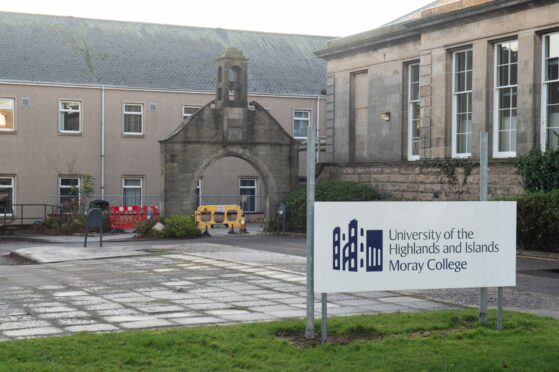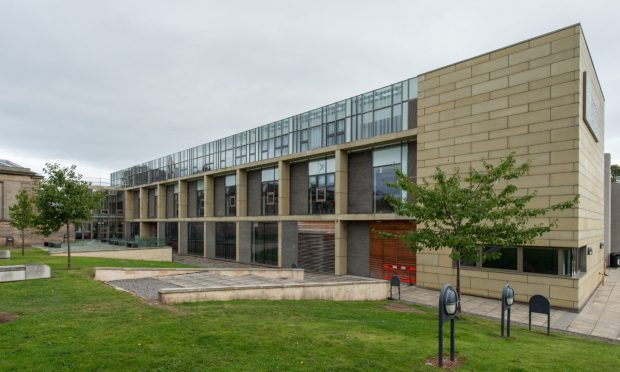Archeological discoveries in the north and north-east have been recognised as some of the most ground-breaking findings of the year.
Despite the profound impact of the pandemic, with the majority of commercial archaeology being brought to a standstill during lockdown, archaeologists and volunteers still managed to uncover new details about Scotland’s past.
Two of the most impressive discoveries were made earlier this year in Aberdeenshire and Orkney.
In May, Aberdeen University announced that academics identified one of the largest ancient settlements ever discovered in Scotland.
University archaeologists from the Leverhulme Comparative Kingship Project uncovered evidence that up to 4,000 people may have lived or gathered in hundreds of houses on the summit of Tap O’ Noth in Aberdeenshire around 1,700 to 1,400 years ago.
The Picts dominated parts of Scotland for centuries and were first mentioned in late Roman writings as a collection of troublesome social groupings.
However, as they disappeared from written records around 1,100 years ago, the site is considered as a key piece of the puzzle in understanding this enigmatic period of Scottish history.
The discovery of Scotland’s largest Pictish site was followed by the announcement that evidence of a woven Neolithic textile had been found at the Ness of Brodgar in Orkney.
Scotland’s oldest woven cloth was found by a Highlands and Islands University volunteer in June as part of a project examining pottery from the site.
The project uses a technique called Reflectance Transformation Imaging (RTI), which combines multiple photos of a subject to create a highly detailed image that can reveal surface details not visible during normal examination.
As organic material from prehistory doesn’t often survive, the study of Neolithic textiles has to rely on secondary evidence – such as the impression that the fabric leaves when pressed against the wet clay of a pot 5,000 years ago.
The impressions of the woven cloth were found on the inner face of the vessel, which suggests that they were made by the potter’s clothing during the pot’s creation.
